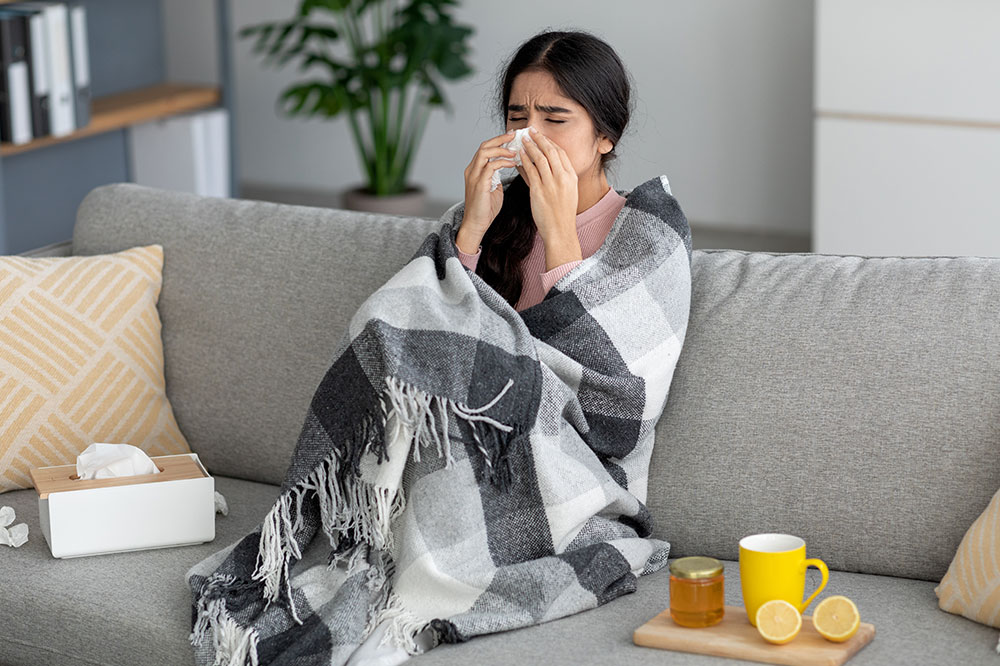
8 poor habits that worsen skin health
Most people focus on skincare routines and quality products to achieve healthy and glowing skin. However, certain habits can undermine all that effort and worsen skin health. From everyday practices to lifestyle choices, these habits can exacerbate skin problems and hinder getting a healthier complexion. Thus, here are a few poor habits to note and subsequently avoid since they may prevent you from improving your skin and maintaining optimal health. 8 poor habits that worsen skin health Eating junk food Eating junk, oily, salty, or fried food affects skin health adversely. Highly salty foods dehydrate one’s body and compel the skin to produce more oil, leading to acne, blackheads, and whiteheads. Unhealthy fats have also been shown to trigger one’s skin. Additionally, poor nutrition can lead to rapidly aging skin, resulting in fine lines and wrinkles. One can instead eat healthier snack alternatives, including fruits, nuts, smoothies, and more, for overall health benefits. Not taking off makeup before sleeping Due to exposure to dirt, pollution, and the chemicals in cosmetics, the skin undergoes significant stress during the day. Retaining makeup for extended periods can result in chemical build-up, irritation, clogged pores, and breakouts. Additionally, makeup products tend to attract dirt, exacerbating the situation.
Read More 










